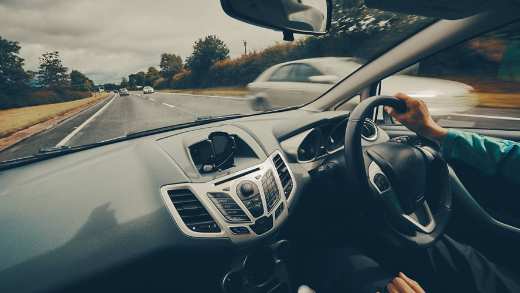Driving
Driving in Northern IrelandDrive confidently across the border to Northern Ireland with what you should know about your car insurance cover.


Driving
Driving in Northern IrelandDrive confidently across the border to Northern Ireland with what you should know about your car insurance cover.

Car insurance
Tips on how to pass your theory testPassing your theory test is the first round of your full driving test. Not sure what to expect? This article can put you in the driver’s seat.

Learn how to free your car from mud, drive safely in muddy conditions.

Driving
What is an uninsured driver promise?Find out what kind of protection you may have if you’re in an accident with an uninsured driver.

Car insurance
Motor changes to tell insurersMoving home or changing your name? Make sure your car insurer is one of the first to know, or you could struggle to claim if something goes wrong.

Seasonal driving
Summer driving: tips for safer drivingHow our essential tips can help you to stay safe on the road this summer.

Car insurance
What are the costs involved in learning to drive?Having your own four wheels to get you where you want to go can open a world of possibilities.

Driving
The Claims and Underwriting Exchange (CUE)Understand what the CUE database is, why it exists and how it may help keep insurance costs down.

Car ownership
How to buy a personalised number plateWhatever your motivation for wanting a personalised number plate, here’s our guide to getting your hands on one.

Car insurance
Personal accident coverLearn about how personal accident cover can help support you after a car accident